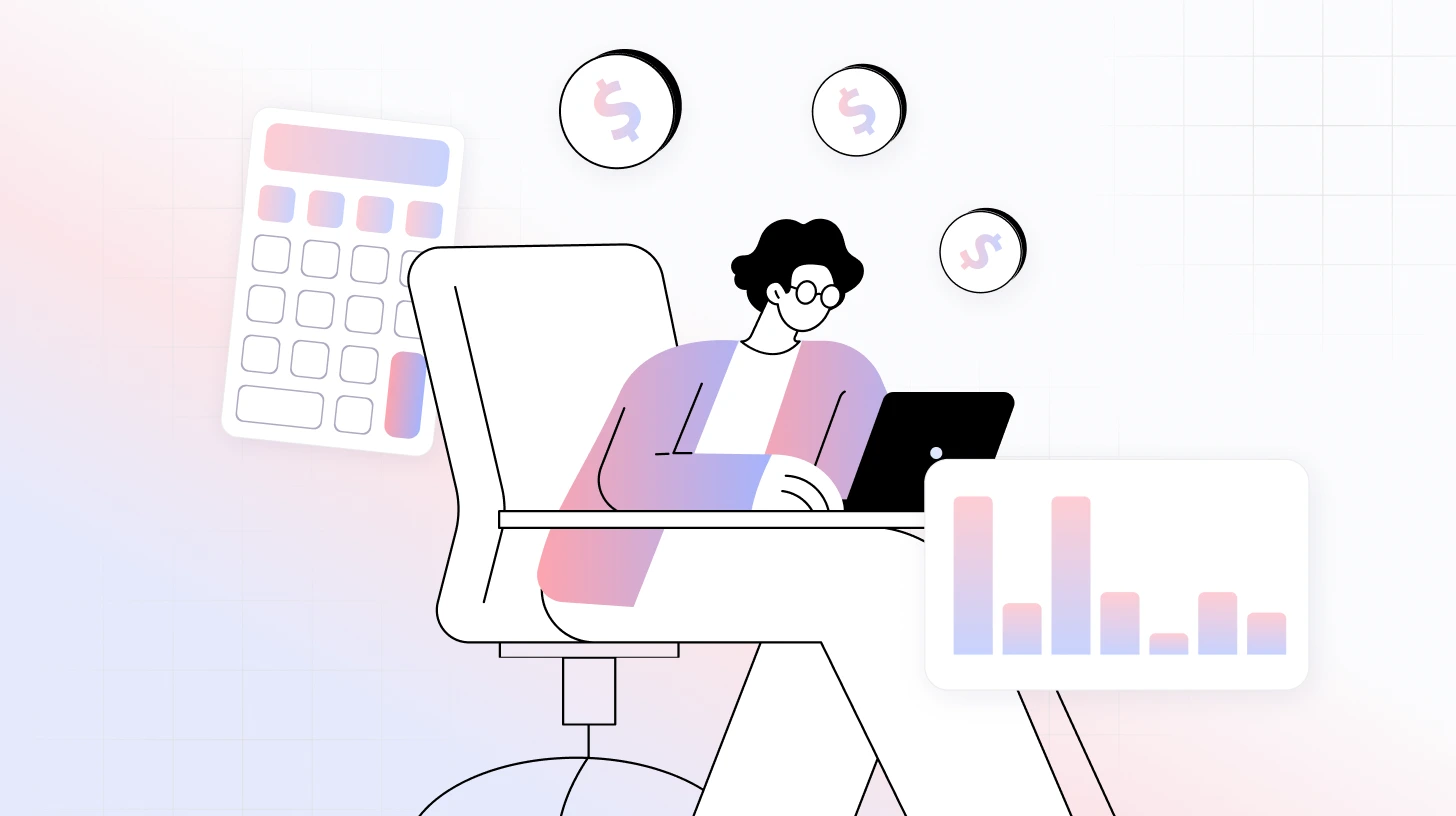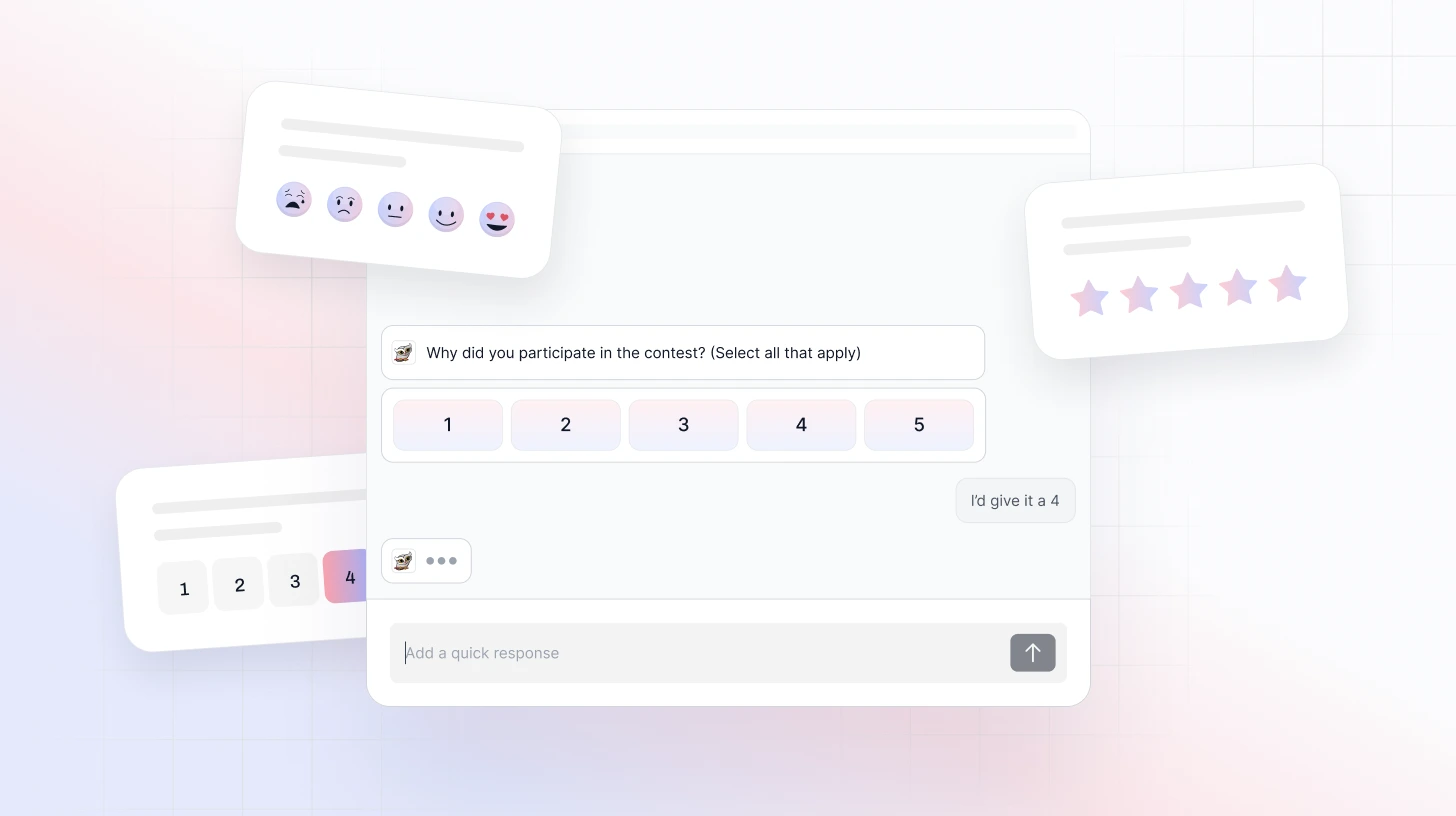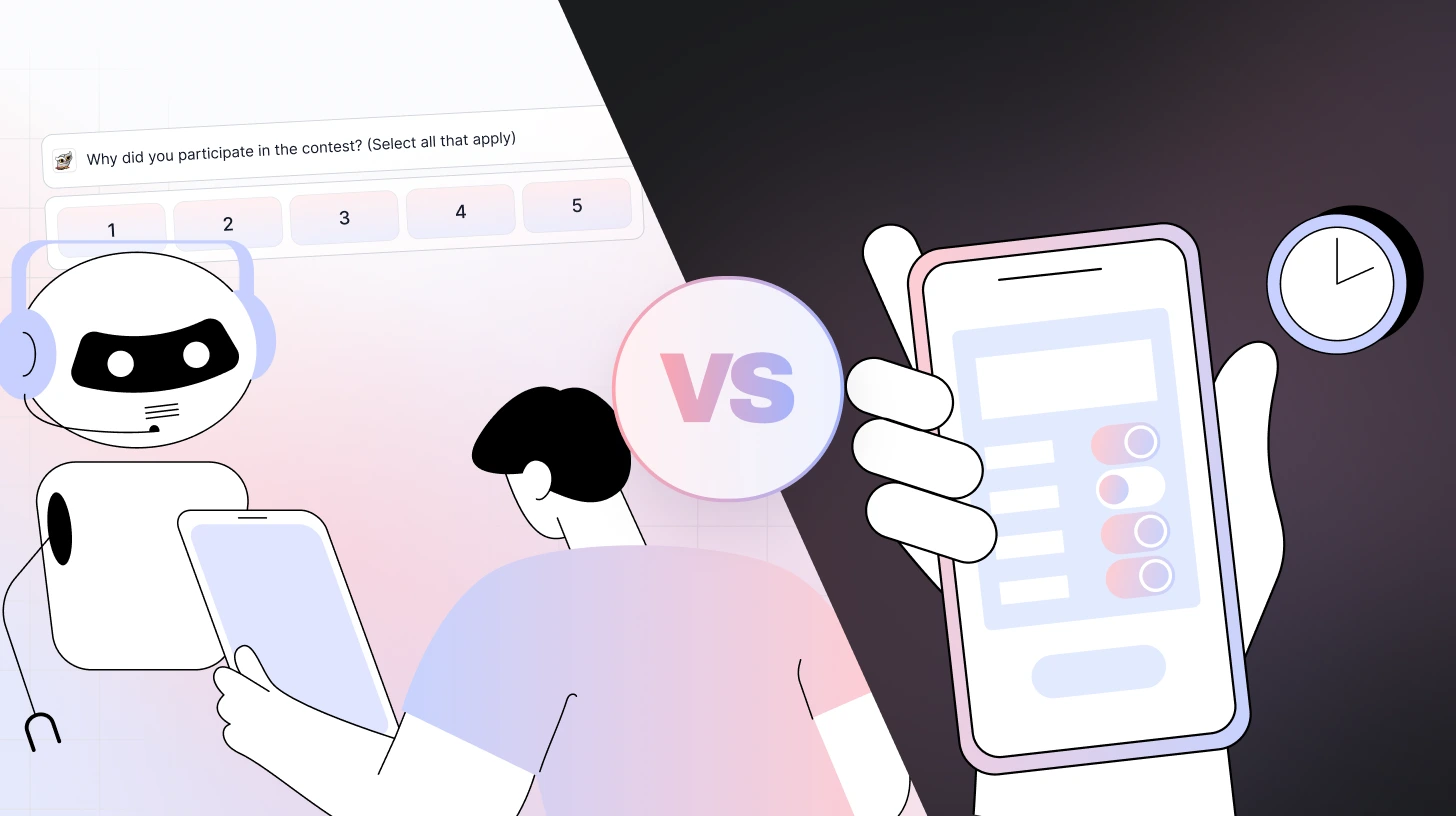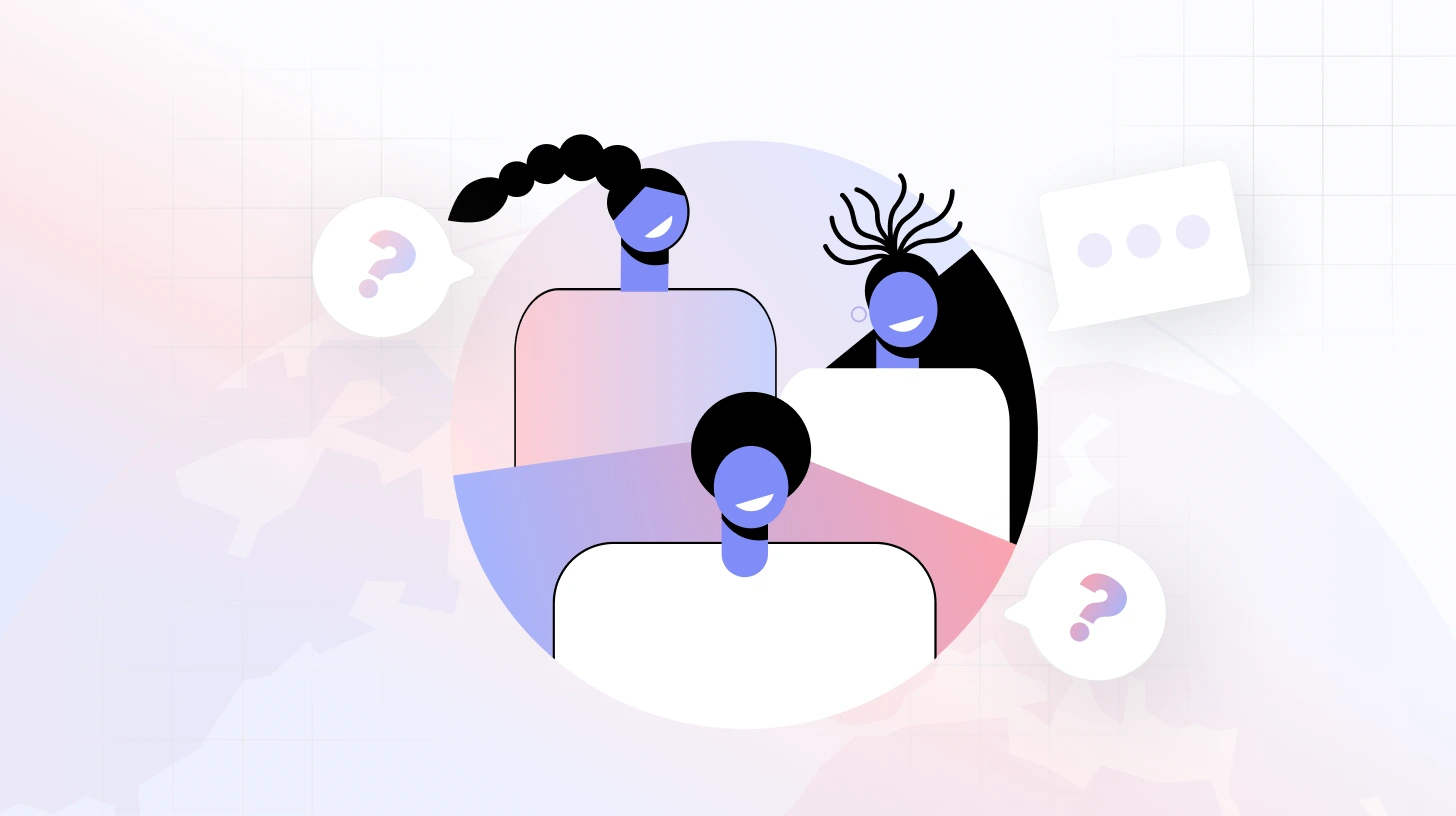 Blog
Blog The Power of Churned Customer Interviews: Turning Losses Into Insights
The Power of Churned Customer Interviews: Turning Losses Into InsightsThe Power of Churned Customer Interviews: Turning Losses Into Insights

Every CS leader knows churn stings.
It’s not just a number on a dashboard; it’s the email that says, “We’ve decided to move on.” It’s the silence after months of trying to build a relationship. It’s that gut punch when a loyal account slips away.
But here’s the truth: every churned customer has a story to tell. And if you take the time to listen, those stories turn into your most valuable playbooks for growth.
That’s why many of the best CS leaders dedicate time each week to churned customer interviews. These aren’t win-back calls. They aren’t about saving the deal. They’re about understanding why customers leave, hearing their frustrations in their own words, and collecting the post-churn customer insights that fuel better strategies.
Separating “Win-Back” From “Learn-Back”
One of the hardest lessons for CS teams is separating a win-back call from a customer feedback interview.
Win-back is about negotiation. It’s about “what can we do to bring you back?”
Churn interviews are about humility. They’re about saying:
“We know we lost you. But we’d like to learn from you so we don’t make the same mistakes again.”
That shift matters. Because when customers realize you’re not there to resell, they start telling the truth. And that’s where the real gold lies: honest customer churn analysis that shows you exactly what to fix.
What These Conversations Sound Like
A churned customer interview doesn’t need to be fancy. In fact, the more human it feels, the better.
Here’s a flow many leaders swear by:
- Start open: “Can you share what ultimately made you decide to leave?”
- Dig deeper: “What part of the experience caused the most frustration?”
- Ask for perspective: “Now that you’ve switched, how does the new provider compare?”
- Close with respect: “Thanks for being honest. This feedback will genuinely help us improve.”
It’s not about defending. It’s not about convincing. It’s about listening. And it’s amazing how often customers, yes, even the ones who churned, are willing to share when they feel heard.
Stories Behind the Numbers
Dashboards can tell you your churn rate is 12%. But they can’t tell you the human reasons behind it. That’s what interviews unlock.
- A customer might say, “We loved your product, but our new CFO didn’t see the ROI.” That’s not just a loss, that’s insight into how to build a better pricing narrative.
- Another might say, “Your onboarding felt rushed, and we never fully got value.” That’s a clear sign to refine enablement.
- Or they might admit, “Honestly, we felt like you weren’t listening to us.” That’s not just a CS issue—it’s a culture issue.
Each of these stories is a breadcrumb. When you collect enough of them, patterns emerge. And those patterns fuel stronger churn prevention techniques than any spreadsheet ever could.
Why They’re Essential for Retention
We all know it: acquiring a new customer costs way more than keeping one. Yet so many businesses over-invest in acquisition while under-investing in reducing customer churn.
Churned customer interviews flip that equation. They give teams the unvarnished truth about lost customer reasons. They show where promises and reality diverged. And they provide the kind of retention strategy insights that keep existing customers happy and loyal.
Done consistently, they build a culture of listening, a culture where churn doesn’t just get tracked, it gets understood.
Also Read: How to Calculate Churn Rate: Formula, Examples, and Ways to Reduce It

Scaling the Human Touch With AI
Here’s the catch: these interviews take time. And if you’re dealing with dozens or hundreds of churned accounts, keeping up is nearly impossible.
That’s why many teams now use AI tools like TheySaid to scale. Instead of one person manually running interviews, companies can:
- Run conversational customer exit interviews at scale.
- Capture customer satisfaction feedback automatically.
- Analyze recurring themes instantly across dozens of accounts.
- Feed those insights back into CS, product, and leadership teams.
AI doesn’t replace the human touch; it amplifies it. It makes sure no feedback slips through the cracks, and every churn becomes a lesson.
10 Questions That Open the Right Doors
The best churned customer interviews balance curiosity with respect. Here are 10 human-first questions that consistently uncover powerful insights:
- What was the main reason you decided to leave?
- Was there a specific moment when you felt things weren’t working?
- How did our product or service fall short of your expectations?
- Did support or communication play a role in your decision?
- Were there competitors you considered, and what drew you to them?
- What does your new solution give you that we didn’t?
- Looking back, what could we have done differently?
- Did pricing or contract terms influence your choice?
- Would you consider working with us again in the future?
- If you could give us one piece of advice, what would it be?
These aren’t just questions. They’re conversation starters. They’re the key to turning customer feedback interviews into retention playbooks.
How to Conduct Effective Churned Customer Interviews
Not all interviews deliver the value you need; you need structure and empathy. Here are the best practices:
- Reach Out Quickly
Conduct interviews soon after churn so feedback is fresh. - Keep It Conversational
Avoid sounding like a survey. Customers open up more in honest conversations. - Ask Open-Ended Questions
Examples:- What made you decide to leave?
- What could we have done differently?
- How did your experience compare to competitors?
- Listen Without Defending
Resist the urge to justify or argue. The goal is to learn, not to win the customer back on the spot. - Analyze and Act
Combine multiple interviews to identify themes. Then use those insights to refine your churn prevention techniques and customer success strategies.
Read: A Step-by-Step Guide to Interviewing Churned Customers with AI
How TheySaid Helped a SaaS Company Reduce Churn with AI Interviews & Surveys
A mid-sized SaaS company was facing a frustrating problem: customers were signing up, using the product for a few months, and then quietly leaving. Their churn rate hovered around 12% per quarter, and despite sending out traditional surveys, they weren’t getting clear answers about why customers were leaving.
That’s when they turned to TheySaid.

Instead of relying on multiple-choice survey data, TheySaid’s AI interviews stepped in to have conversational, open-ended chats with churned customers. These interviews felt natural, almost like a friend asking, “Hey, what made you leave?” and customers opened up about issues they never mentioned in exit forms.
One insight stood out: many customers said the onboarding process was confusing and too long. Others felt the product lacked a specific integration that competitors already offered.
TheySaid’s AI surveys then validated these insights at scale by asking current customers quick, conversational questions about their onboarding and feature needs. Within two weeks, the SaaS company had a clear picture:
- Fix onboarding to reduce early churn.
- Add the most-requested integration to increase retention.
The results? Within a single quarter, the company cut churn from 12% to 7% a nearly 40% improvement.
The leadership team admitted that without TheySaid, they would have spent months guessing. Instead, AI-powered customer feedback gave them direct conversations at scale, turning vague dissatisfaction into actionable retention strategies.
Final Thoughts
Churn hurts. But it doesn’t have to be the end of the story.
When CS leaders lean into churned customer interviews, they stop guessing and start understanding. They turn losses into lessons, pain points into opportunities, and silence into dialogue.
Because behind every churned customer is a chance to get better. The only question is: are you listening?
TheySaid helps companies transform post-churn customer insights into scalable retention strategies. Don’t just measure churn, learn from it.
Key Takeaways
- Churned customer interviews aren’t win-back calls; they’re opportunities to listen, not resell.
- Honest customer feedback interviews uncover real churn reasons that dashboards and surveys miss.
- Separating “win-back” from “learn-back” creates trust, allowing customers to be candid.
- Asking structured, open-ended questions reveals patterns that inform churn prevention techniques.
- Post-churn customer insights guide retention strategy by highlighting product, pricing, or onboarding gaps.
- AI-powered customer exit interviews scale learning across hundreds of churned accounts quickly and effectively.
- CS leaders should dedicate consistent time to churn interviews to build a listening culture.
- Every lost customer is a roadmap for improvement, if you’re willing to listen.
FAQs
What is customer churn, and why does it matter?
Customer churn is when customers stop using your product or service. It matters because high churn directly impacts revenue growth, customer lifetime value, and overall business stability.
How secure is customer data in AI surveys and interviews?
TheySaid follows strict security and privacy standards. All customer data is encrypted, anonymized where needed, and stored with enterprise-grade protection to ensure confidentiality.
How quickly can businesses see churn reduction using AI tools like TheySaid?
Companies typically see patterns within a few weeks of running AI surveys and interviews. With fast follow-up actions, churn reduction is often noticeable within a quarter.















.svg)